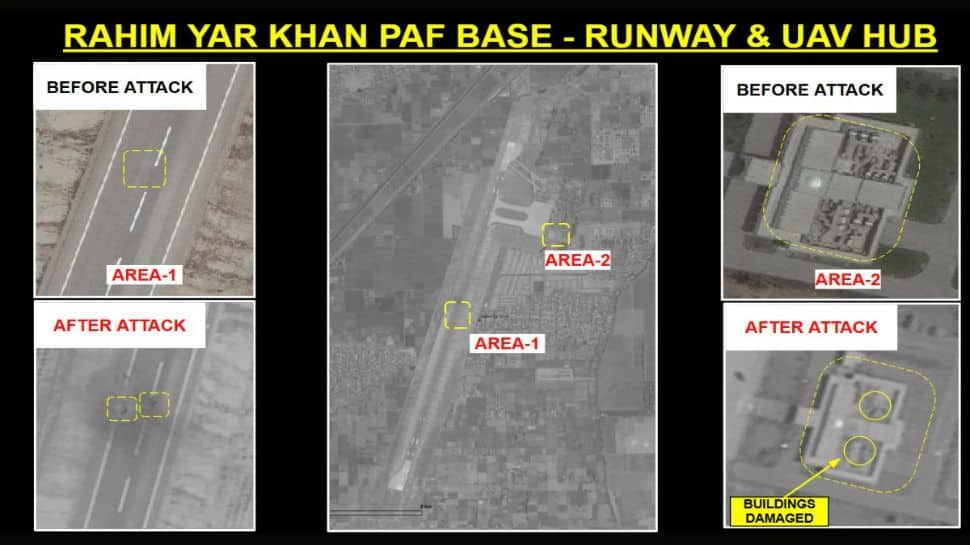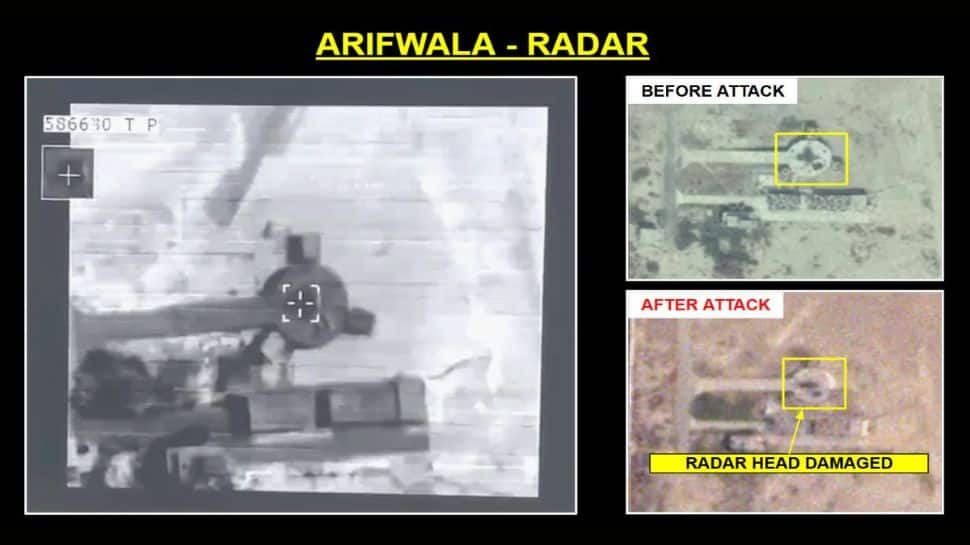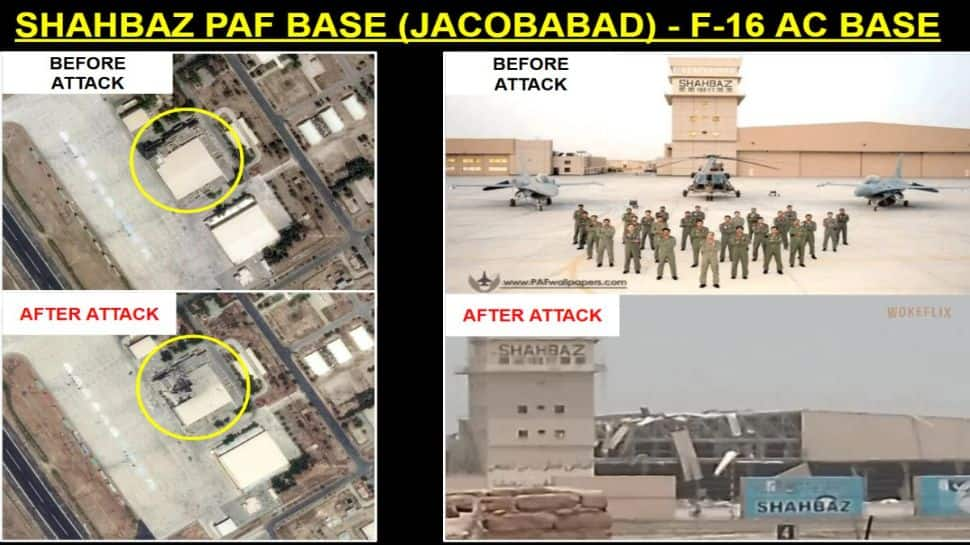New Delhi: Pakistan insists that it suffered no aircraft losses in the May conflict with India, while New Delhi has presented what it calls irrefutable proof of destruction. The confrontation was part of Operation Sindoor, a military offensive launched in response to the April 22 Pahalgam massacre, in which 26 Indian civilians were killed by terrorists backed by Pakistan.
With the operation running from May 7 to May 10, India’s strikes penetrated deep into Pakistani territory as well as into Pakistan-occupied Kashmir.
On August 9 in Bengaluru, Air Chief Marshal Amar Preet Singh addressed an audience of air force officers, veterans, senior government officials and leaders from the defence industry. The hall erupted in applause when he disclosed the full scale of the strikes.
According to Singh, the Indian Air Force shot down five Pakistani fighter jets and one large military aircraft, which was likely an airborne surveillance platform. Using the Russian-made S-400 missile system, the IAF achieved a confirmed kill at a range of 300 kilometres. Singh described it as the largest surface-to-air kill ever recorded.
Electronic tracking data confirmed the destruction of the aircraft. Singh revealed that strike packages also hit additional surveillance planes and several F-16 fighters parked inside hangars in southeastern Pakistan.
He confirmed that multiple unmanned aerial vehicles and drones were also destroyed, with debris from Pakistani missiles and UAVs falling into Indian territory.
Pakistan’s Defence Minister Khawaja Asif publicly rejected the Indian Air Chief’s statement. Writing on X (formerly Twitter), he claimed that not a single Pakistani aircraft was destroyed in the conflict.
He stated that Pakistan had already given detailed technical briefings to the international media in the immediate aftermath of the clashes. He called India’s statements implausible and ill-timed, and challenged both countries to allow independent verification of their aircraft inventories.
However, India has presented extensive photographic evidence from Operation Sindoor. The IAF’s presentation displayed never-before-seen images of battle damage on key Pakistani military targets.
One image showed a radar installation at Arifwala destroyed by an Indian loiter munition, with targeting symbology marking the strike point and the burnt remains of the radar clearly visible.
Another set of images revealed a radar head at Chunian reduced to a blackened shell.
At Nur Khan Airbase near Chaklala, high-resolution satellite photographs displayed structural damage to a C2 operations centre.

Before-and-after imagery from Rahim Yar Khan airbase showed clear evidence of damage to its runway and UAV hub.

One of the most critical strikes took place at Bholari Airbase, where the AEW&C hangar was destroyed. Singh said that an airborne warning and control system aircraft had just taxied inside when the hangar was hit.
The loss of such platforms is a severe blow to Pakistan’s ability to manage its airspace and direct fighter operations.

At Shahbaz Airbase in Jacobabad, significant damage to the main hangar indicated the likely destruction of multiple F-16s.

At Sargodha, the IAF targeted a base that Singh described as holding hard intelligence on Pakistan’s F-16 fleet, calling the mission a dream for any Indian airman.
Singh credited the S-400 air defence system with changing the rules of the engagement. He said it prevented Pakistani aircraft and UAVs from approaching Indian airspace, allowing India to conduct precision strikes deep into enemy territory without collateral damage.
He called the operation a clear demonstration of the primacy of air warfare, showing that air power can deliver speed, precision and decisive results.
Despite Pakistan’s continued denials, the images, tracking data and debris recovered inside Indian territory present a starkly different reality.
Operation Sindoor stands as a demonstration of India’s capability to respond forcefully to acts of cross-border terrorism and to safeguard its skies against any threat.
Stay informed on all the latest news, real-time breaking news updates, and follow all the important headlines in india news and world News on Zee News.